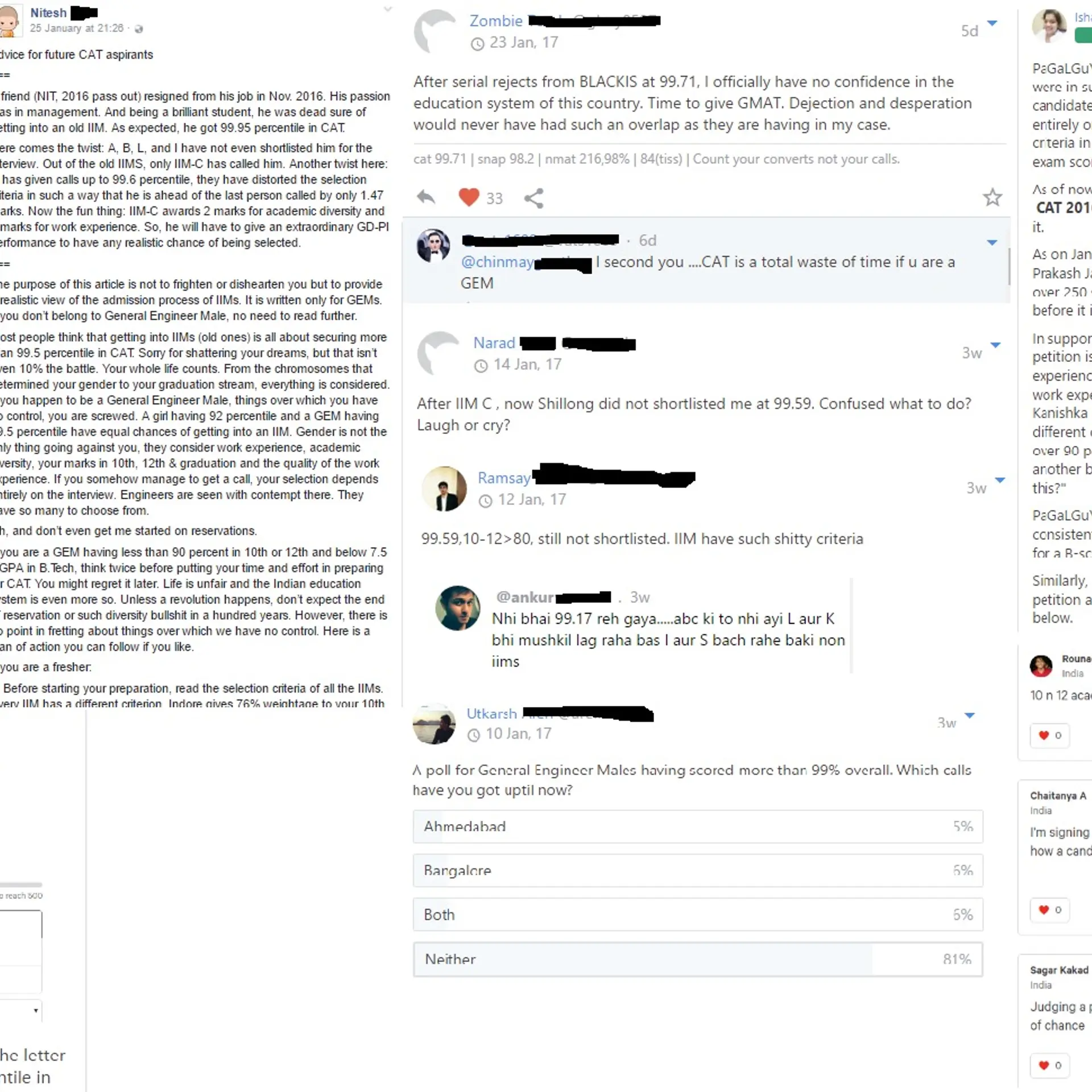

How to win local search results?

Search engines present an opportunity for businesses which wish to claim part of the search rankings for themselves. Nevertheless, they do not make it easy to work with them. It is the reason why they update their crawl algorithms frequently and alter the search display from time to time. These tactics do not usually favor the small business which tries to gain an advantage by targeting local hits. Paid ads dominate the prime real estate on the first page of the seo.search engine ranking page.
The user of SEO has become so burned by marketers who wish to cut corners using black hat strategies and link building schemes which is why Google does not make it easy. One cannot blame them for doing so: they also want to keep their customers satisfied.
Unless the site appears on the first page of the SERP, then there is not much the business will gain. A small business wishing to make a name for themselves will have to look elsewhere for help. The chances are that they do not have a sufficient budget to compete with other high-ranking companies dominating the search results with organic traffic.
The Customer Success Manager of Semalt Digital Services, Ivan Konovalov, illustrates in the article how to blend the right SEO, with the pay-per-click advertising, and targeting local search to beat the competition as well as the search engine changes.
Pay-to-Play Search Strategy for Small Businesses
For people that consider search marketing relevant to their firm, they must pay to play if they are to see any results. Mobile devices take two scrolls to see organic results. Pay-per-click advertising is therefore not the best way to go about marketing for small businesses. In addition to this, it takes a lot of time and resources before one can experience any meaningful traffic, especially if the competition is stiff.
The solution is to combine a little of SEO, some PPC, and a tinge of local flare which ensures maximization of all efforts and results. The following steps explain how to do this:

#1 Review the Data
Make sure that all the keywords in use are up to date. Take advantage of the internal search keywords form the website, and those reported to rank high from Google Analytics, and other tools like Search Console, and Adwords. Using a tool like SpyFu, compare how these keywords rank against reports from the industry trends.
#2 Determine Budget
The average cost-per-click informs on how much one will spend for the campaign.
#3 Get Local
With the information gathered about keywords, merge it with local indicators for every region that the business serves. Using the paid ad campaigns:
1. Create targeted ad groups for each location
2. Include keywords unique to a given location
3. AdWords callout extensions which include the keywords
4. Write compelling ad content that only the locals would understand
5. Include directions
#4 Intertwine PPC and SEO

Run local PPC to see what works for organic traffic, and that which works for paid SEO. Having the robust set of keywords, it becomes easy to mix them up for the ones winning for paid, and organic.
It is not the budget of the company that determines how a small business will rank on the SERP. Instead, using an effective strategy that includes SEO, PPC and optimizes them both ensures a position at the high rankings.







